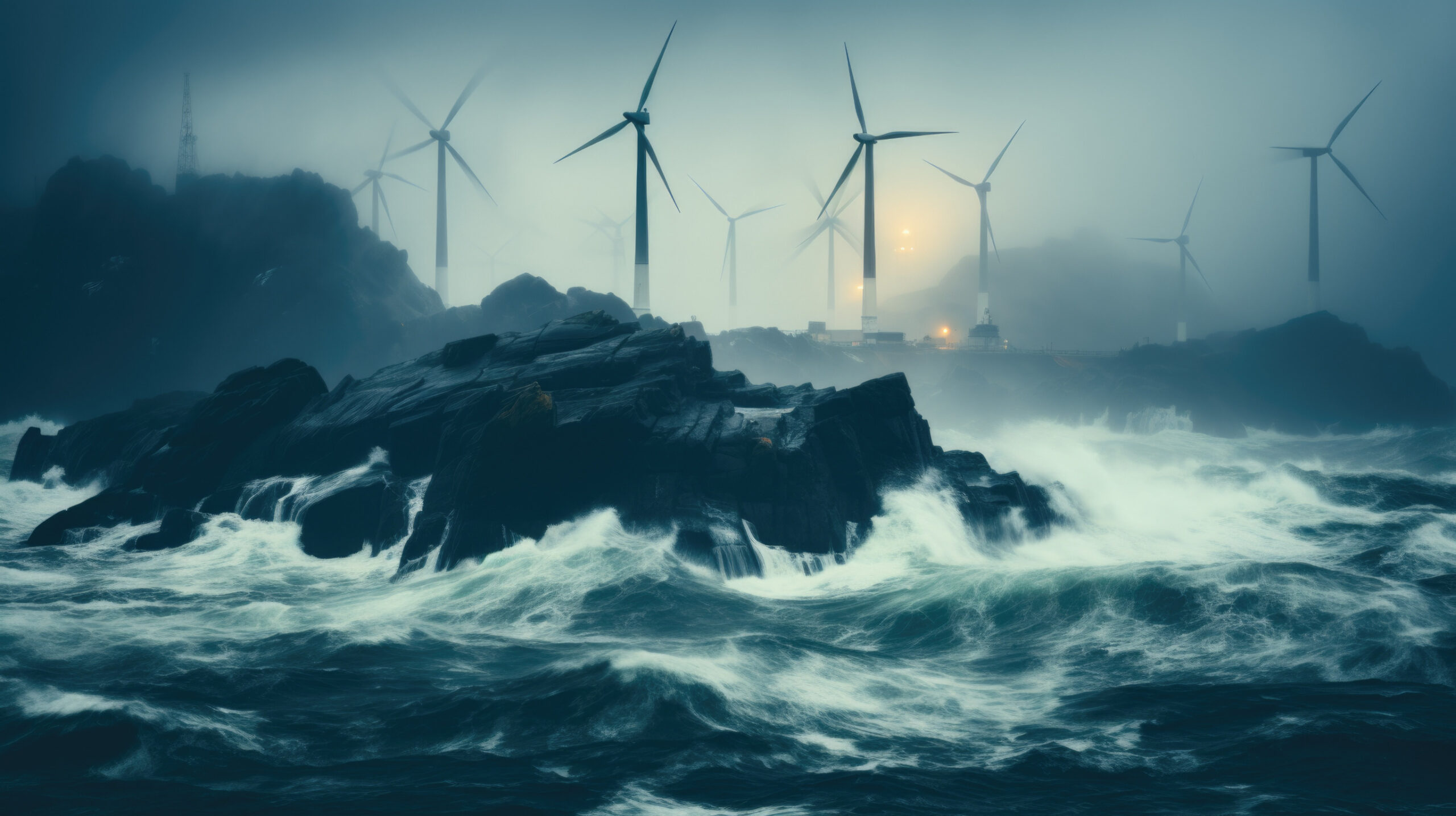Six Atlantic shore Governors are begging the Feds to bail them out of a huge looming offshore wind cost overrun. They sent Biden a joint letter asking for a list of relief measures ranging from tax breaks to revenue sharing.
The outcome is far from clear but my guess is the largess is unlikely to appear, especially given the ongoing federal budget battles. Maybe later. However most of the requests also likely require major regulatory changes, which could take years. They might even take legislation which could be never.
But the need is urgent as the offshore developers are demanding immediate power price increases of around 50% lest they leave for better opportunities elsewhere. They can do this because offshore wind is a global boom. Even mid-income developing countries like Indonesia are talking big offshore numbers.
Ironically, it is this boom that is driving some of the sticker-shocking price increases. There is even a shortage of highly specialized crane ships to erect these huge towers. The supply chain is a seller’s market, at least on paper. Rising interest rates are another big driver.
The letter is pretty vague, but there are basically. three kinds of federal relief requested. These are tax credits, revenue sharing, and streamlined permitting. I am sure there is lots of lobbying going on by the developers, as well as the Governors. Unfortunately, it is all secret so the specific issues are well hidden, making the following brief analysis somewhat speculative.
The letter is here: https://cleanpower.org/wp-content/uploads/2023/09/Governors-Offshore-Wind-Letter_ACP.pdf
There look to be two tax credit issues. The first, which the IRS might actually be able to do something about, involves the definition of the renewables energy project that gets the investment tax credits. At present, probably only the generating assembly counts. This likely includes the tower and monopile foundation as well as the turbine generator and enormous blades.
But it may not include the extensive undersea connector cabling, the massive offshore substations, the huge export cabling, and the costly onshore transmission upgrades. These system components make up a sizable fraction of the project cost.
The second issue is the bonus tax credits awarded under the so-called Inflation Reduction Act. This is a 10% credit bump that developers get if they meet certain domestic content specs. Offshore wind already gets a big break under IRA because their content requirement is just half that of all other renewable projects.
As near as I can tell, they want the presently measly requirement to be even less. This is likely because most of the components come from overseas. America has very little specialized offshore component production capability since we have never built any here. Building this kind of industrial capacity will take a long time.
However, since the specific domestic component requirements are in the law, the IRS may have very little leeway, and what they have should require rulemaking. How this works out will be very interesting to watch. It might take legislation, which is uncertain, to say the least.
On revenue sharing, the States want a piece of the billions of dollars developers are paying the Feds in offshore site lease payments. Single sites have paid over a billion. Some sites are at least partially within State waters, but most are not.
Here the question is why taxpayers in, say, Wyoming should, in effect, pay to lower electricity bills in New Jersey? The agency in charge of offshore leasing is the Bureau of Ocean Energy Management (BOEM) in the Interior Dept. They are gung ho for offshore wind, so might not mind sharing revenue if it keeps the project coming.
I have no idea what the legalities are here except they are likely to be complex. BOEM has been doing offshore oil and gas leasing in the Gulf for a long time, so there should be a big body of law to deal with.
Who gets how much is an interesting question, especially for projects set to sell juice to several States. Plus, the States expect to sell some to other States. Given that many of the power purchase contracts at issue are with utilities, not States, maybe they should get the money.
For that matter, if this revenue sharing happened, the Gulf states might want a piece of the oil and gas action. None of this is simple, for sure. (Aside: maybe the Feds should collect royalties on the harvested wind power, like the 18.75% they get on offshore oil production.)
As for speeding up permitting, that is already a hot topic in Congress, but there is no consensus on what it even means, much less how to do it. I think BOEM is already going as fast as it can, ignoring many issues in the process, such as whale deaths. And, of course, the Biden Executive Branch cannot speed up the Judiciary, where a lot of the project delay lies in litigation.
In short, this seemingly simple letter is pointed at some really hairy issues. The talks are going on in secret, and I have yet to see any detailed analysis of the potential policies and ramifications thereof. If the fate of Atlantic offshore wind really depends on taking these hairy steps, then we are in “Nobody knows land” for sure. This cannot be good from the investment point of view so more stocks may drop.
Stay tuned to CFACT to see how this wacky offshore drama plays out. It might be awhile.
